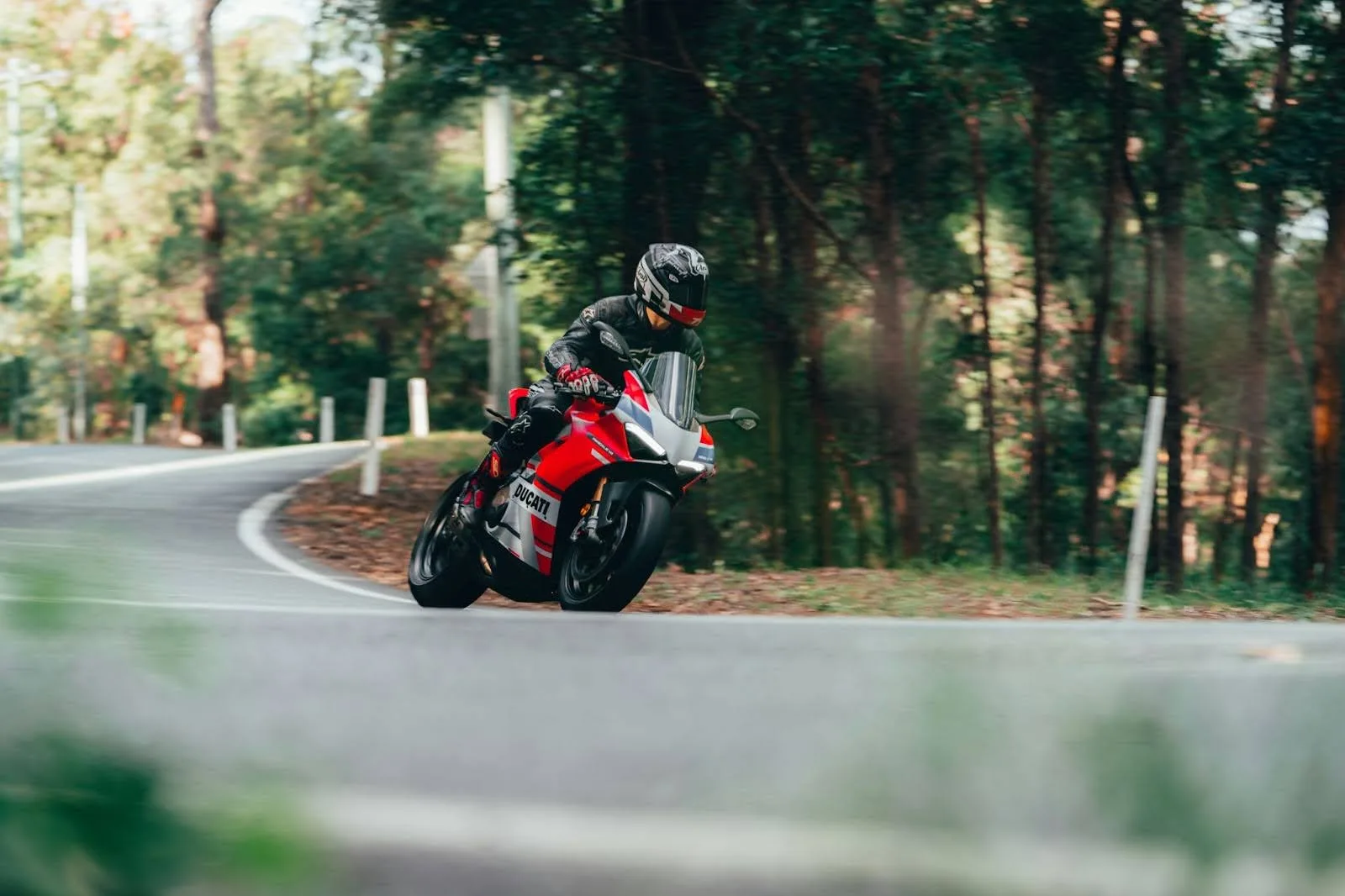Mastering Defensive Riding: Essential Strategies for Motorcycle Safety
In the exhilarating world of motorcycling, the freedom of the open road beckons to riders with promises of adventure, exploration, and the sheer thrill of the ride. Yet, amidst the excitement, lies an undeniable truth: riding a motorcycle comes with its own set of risks. The vulnerability of being exposed to the elements and other vehicles demands a heightened level of awareness and skill. This is where defensive riding steps in as a crucial strategy for staying safe on two wheels.
Understanding Defensive Riding
Defensive riding is not merely a set of rules; it’s a mindset—a proactive approach to riding that prioritizes safety and anticipation of potential hazards. At its core, defensive riding is about assuming that other road users may make mistakes and being prepared to react accordingly. It’s about being proactive rather than reactive, and always staying one step ahead of potential dangers. If you are riding defensively and still get into an accident due to somebody else’s fault, contact a Redmond motorcycle accident attorney.
The Pillars of Defensive Riding
- Situational Awareness: The foundation of defensive riding lies in being acutely aware of one’s surroundings at all times. This means scanning the road ahead, checking mirrors frequently, and being mindful of blind spots. By staying vigilant and anticipating potential hazards, riders can react more swiftly to unexpected situations.
- Maintaining Space: Defensive riders understand the importance of maintaining a safe following distance from other vehicles. This buffer zone provides crucial reaction time in the event of sudden stops or maneuvers by other motorists. Additionally, maintaining space on either side of the motorcycle allows for maneuvering room and reduces the risk of being boxed in by traffic.
- Predicting and Reacting to Hazards: Defensive riders are adept at predicting potential hazards before they materialize. This includes scanning for road debris, potholes, or slippery surfaces, as well as anticipating the actions of other motorists. By staying proactive and ready to react, riders can avoid or mitigate the impact of potential dangers.
- Being Visible: Visibility is paramount to safety on a motorcycle. Defensive riders take proactive measures to enhance their visibility to other motorists, such as wearing brightly colored or reflective gear, using daytime running lights, and positioning themselves in the most visible part of the lane.
- Riding Defensively in Groups: When riding in a group, defensive riding takes on an added layer of complexity. Group riders must maintain proper spacing, communicate effectively through hand signals or intercoms, and anticipate the actions of other group members. Clear communication and adherence to group riding protocols are essential for safety.
Defensive Riding Techniques
- Braking: Proper braking technique is fundamental to defensive riding. Riders should practice progressive braking—applying both front and rear brakes smoothly and gradually—to avoid skidding or loss of control. Additionally, maintaining proper braking distance from the vehicle ahead allows for sufficient stopping time.
- Cornering: Defensive riders approach corners with caution, reducing speed before entering and maintaining a proper line through the turn. They also anticipate potential hazards such as gravel or oil patches, adjusting their speed and trajectory accordingly. Smooth throttle and brake control are crucial for maintaining stability through corners.
- Lane Positioning: Strategic lane positioning can significantly enhance safety on the road. Defensive riders position themselves to maximize visibility to other motorists, minimize blind spots, and create space for evasive maneuvers if necessary. They also avoid lingering in other vehicles’ blind spots and maintain a position where they can be seen by drivers ahead.
- Evasive Maneuvers: Defensive riding involves being prepared to take evasive action when faced with imminent danger. This may include swerving to avoid obstacles, making quick lane changes to avoid a collision, or executing emergency braking maneuvers. Practicing these maneuvers in a controlled environment can help riders react instinctively in emergency situations.
The Benefits of Defensive Riding
The advantages of adopting a defensive riding mindset are manifold. Not only does it reduce the likelihood of accidents and injuries, but it also instills confidence and enhances overall riding enjoyment. By proactively managing risks and staying alert to potential hazards, riders can experience the freedom of the open road with greater peace of mind.
- Enhanced Safety: Defensive riding significantly reduces the risk of accidents by minimizing exposure to potential hazards and providing riders with the skills to react effectively in emergency situations.
- Confidence and Control: Mastering defensive riding techniques instills riders with a sense of confidence and control over their motorcycles. This confidence translates into a more enjoyable riding experience and empowers riders to tackle challenging road conditions with ease.
- Improved Riding Skills: Practicing defensive riding techniques hones riders’ skills and improves their overall proficiency on the road. From braking and cornering to hazard avoidance and emergency maneuvers, defensive riding fosters continuous learning and skill development.
- Greater Awareness: Adopting a defensive riding mindset cultivates heightened awareness of one’s surroundings and road conditions. This increased awareness not only enhances safety but also enriches the riding experience by allowing riders to fully immerse themselves in the journey.
- Reduced Stress: By anticipating potential hazards and proactively managing risks, defensive riders can enjoy a more relaxed and stress-free ride. The confidence that comes from knowing you’re prepared for whatever the road may throw your way allows riders to focus on the sheer joy of motorcycling.
Conclusion
By embracing the principles of situational awareness, space management, and proactive risk mitigation, riders can navigate with confidence and enjoy the freedom of the ride to its fullest. Whether embarking on a solo adventure or riding in a group, defensive riding guides riders safely through every twist and turn of the journey.



